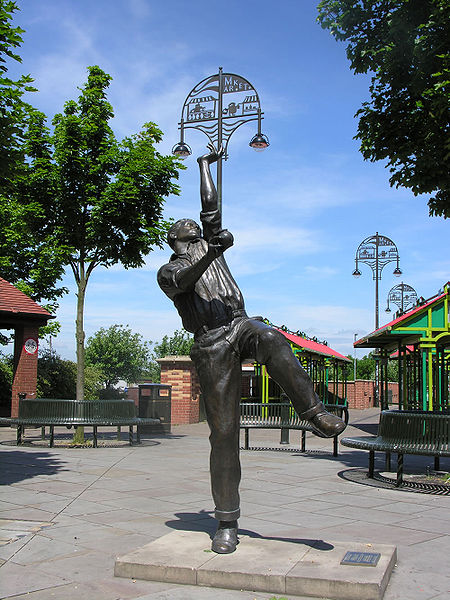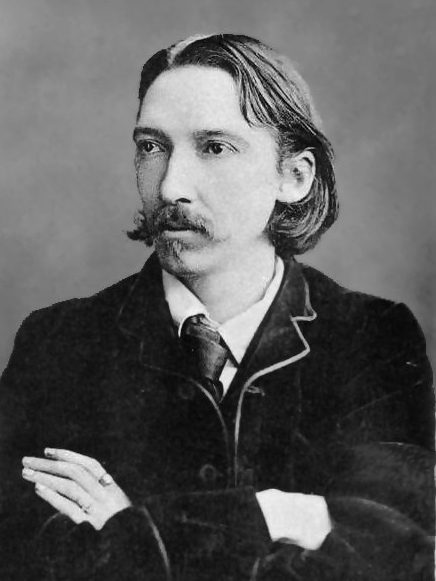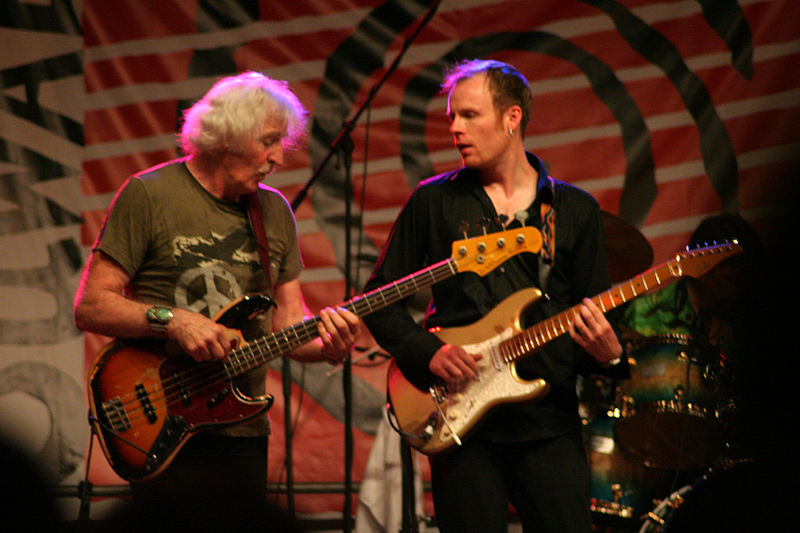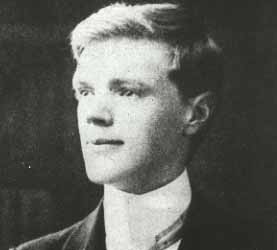Digital Hearing Aids Kirkby-in-Ashfield – Nottinghamshire Digital Hearing Aids
Kirkby-in-Ashfield lies just a few miles – 5 or 6 – from Mansfield and just over 2 from Sutton-in-Ashfield. Its origin is Danish as it was where invading Danes first settled in the area. Kirkby translates as Church Town and has grown from a series of villages including Old Kirkby, The Folly or East Kirkby, Kirkby Woodhouse and Nuncargate.
Although there’s nothing overly remarkable about Kirkby, it still has an interesting history. It was mentioned in the Domesday Book, and has a statue of the cricketer Harold Larwood in the Market Place. It also has two churches, St Winifred’s and St Thomas’, the former in a conservation area and donated park land, Portland Park.
Harold Larwood
Harold Larwood was a local boy born in Nuncargate to a miner and his wife. Harold himself started life in the mines at the age of 14, but was picked to play for Nottinghamshire after doing well in ‘club cricket’. He went on to play for England too.
He was a fast and accurate bowler. In attempts to regain the Ashes in 1932-33, the fast leg or bodyline style of bowling was developed. With Larwood’s bowling skills, his captain (Douglas Jardine) recommended that this technique be employed by the team and in particular, Larwood, when playing the Australians. It was hoped this would give them a chance against their killer batsman Bradman. In fact the Australians weren’t happy with England’s new bowling style, calling it unsportsmanlike.
Despite attempts to improve relationships between the two countries over the next few years, Larwood refused to apologise as he claimed he was only following his captain’s instructions. He continued to play cricket at County level but not for England again.
Ironically Larwood retired from cricket and emigrated to Australia where he often gave cricket commentaries. Years later in 1993, two years before his death, he was honoured with an MBE.
Loud and clear?
How do you get on with listening to the sports’ commentaries on radio or TV? If you have any trouble hearing them or hearing anything else, why not let us test your hearing for you? We can get you tested by a professional audiologist. He will be able to tell the severity of your condition and advise the best treatment. Give us a call on 01782 698090 or take a look here.
Kirkby now and then
Although mainly a commuter town for Nottingham now, at one time Kirkby thrived on the coal mining industry like many other towns in the area. There were three coal mines in the surrounding area, but these all closed in the 1980s and 1990s. Of course with coal being mined here it was necessary for transport, so the railways soon came.
The Mansfield and Pinxton Railway
One of the first railways to come through Kirkby was this railway line. It was built to move coal from the mines in the area, including those in Kirkby, to Mansfield. It was a horse-drawn railway. Basically where there weren’t canals to transport the coal, mine owners had built wagonways to transport it. The wagon ways used ‘plateways’, an early type of iron rail gauge that the wagon wheels rolled on.
These were developed by Derbyshire man Benjamin Outram who was a civil engineer. His company Benjamin Outram and Company was responsible for many canals – Nottingham, Derby, Nutbrook – aqueducts and tramways.
The wagonway plateways weren’t strong enough for the railway rolling stock once these ‘came to town’ and the Mansfield and Pinxton Railway couldn’t find the investment needed for the changes. Eventually with funding from Yorkshire and Lancashire, they became the Midland Railway. Many adjustments had to be made and the track relaid, which then bypassed Kirkby! Eventually even the destination Mansfield was bypassed, though today Mansfield Station is Grade II listed and serves on the Robin Hood line.
The Robin Hood Line
The Beeching railway cuts in the 1960s meant that many earlier lines were closed. They were deemed financially unsustainable by both the outgoing Conservative government under Harold MacMillan and Harold Wilson’s incoming Labour government. The Midland Railway was one line which fell foul to these cuts.
It was 30 years later when the Robin Hood Line opened up. It used much of the old Midland Line tracks and brought a line back to Mansfield and Kirkby. The Robin Hood Line travels from Nottingham to Worksop where it joins the Sheffield and Lincoln Line.
Kirkby’s buildings of interest
St Wilfred’s Church was a medieval church mentioned in the Domesday Book, but which burnt down at the beginning of the 20th Century. Most of it had to be completely rebuilt in Gothic style. It is Grade II listed and stands in a conservation area. It has been a religious site since Saxon times.
Kirkby Cross can be found in this conservation area too. This stone structure is thought to date back to the 1200s prior to Kirkby being granted a market charter. The cross is both Grade II listed and a noted Ancient Monument.
Many of the houses in Church and Chapel Street are also listed. Most were old farm cottages. In Chapel Street even the 1935 red telephone box is listed!
Portland Park
This parkland was donated to the local council by the 7th Duke of Portland on his Silver Wedding Anniversary and his son’s 21st birthday in 1914. The parkland is open to the public and served by a visitor centre. It is a nature reserve.
Famous faces from Kirkby
· The current 12th Earl of Portland is the actor Tim Bentnick. He is best known as the voice of David Archer in Radio 4’s The Archers.
· Parolympian swimmer Sam Hynd, who won a gold medal in last year’s Olympics and one in the 2008 Olympics, comes from here.
· Retired England football player, Dave Thomas was born in Kirkby. He played for QPR, Everton, Portsmouth and Wolves during his career.
· Footballer Stuart Boam comes from Kirkby. He played for Newcastle, Middlesbrough and Mansfield and later managed Mansfield.
· Snooker player Gary Wilkinson also hails from these parts.
· As does landscape artist Bill Mackinson.
· Actor Ian Peck, who has appeared in many TV series including A Touch of Frost, Silent Witness, The Bill, Foyle’s War and Casualty, comes from Kirkby.
Don’t forget
If you’re from the Kirkby area and have concerns about your hearing, don’t forget Digital Hearing Aids can help. Give us a call on 01782 698090 for more information.









.jpg/800px-Isy_Suttie_(439275877).jpg)



















